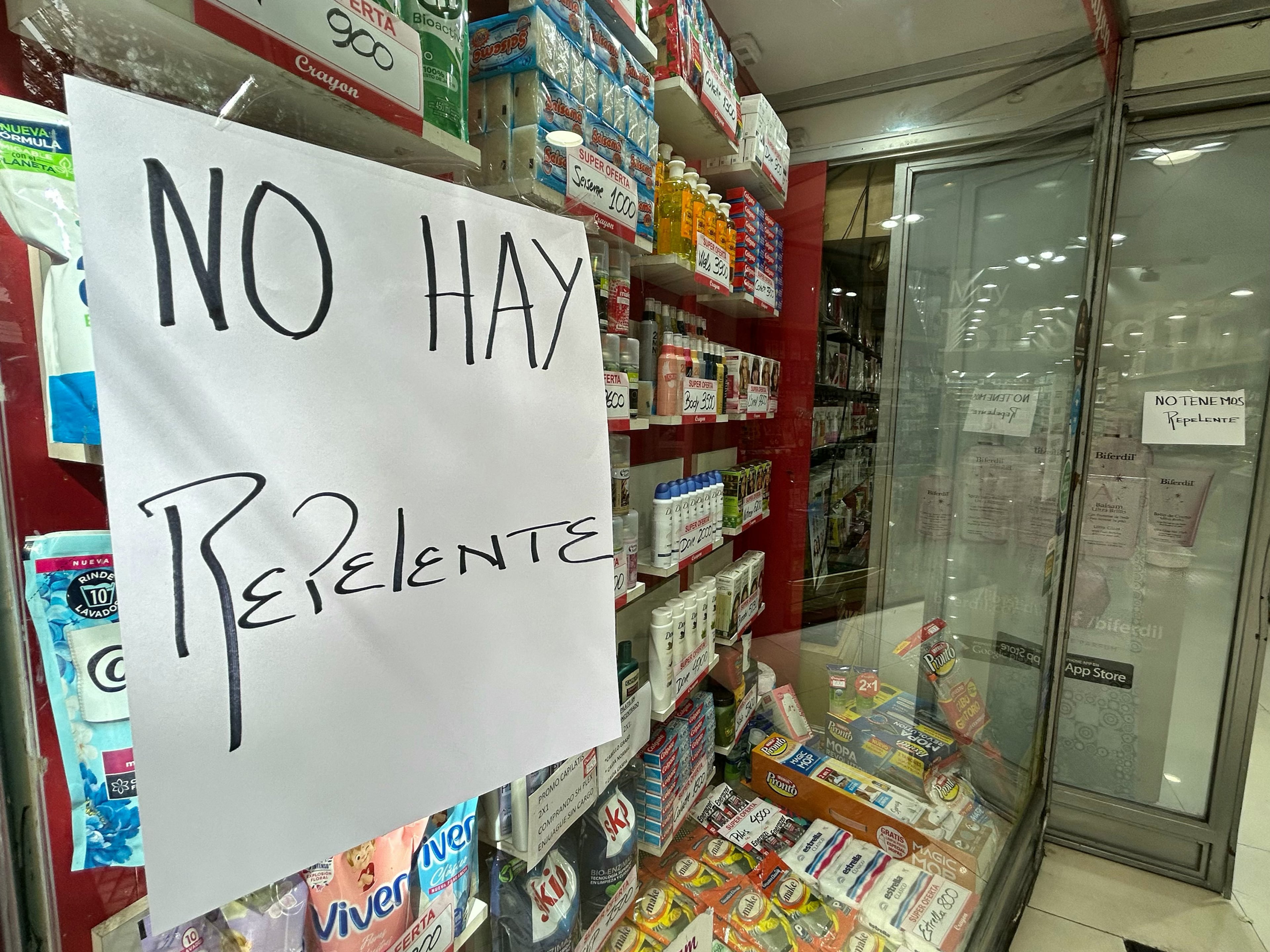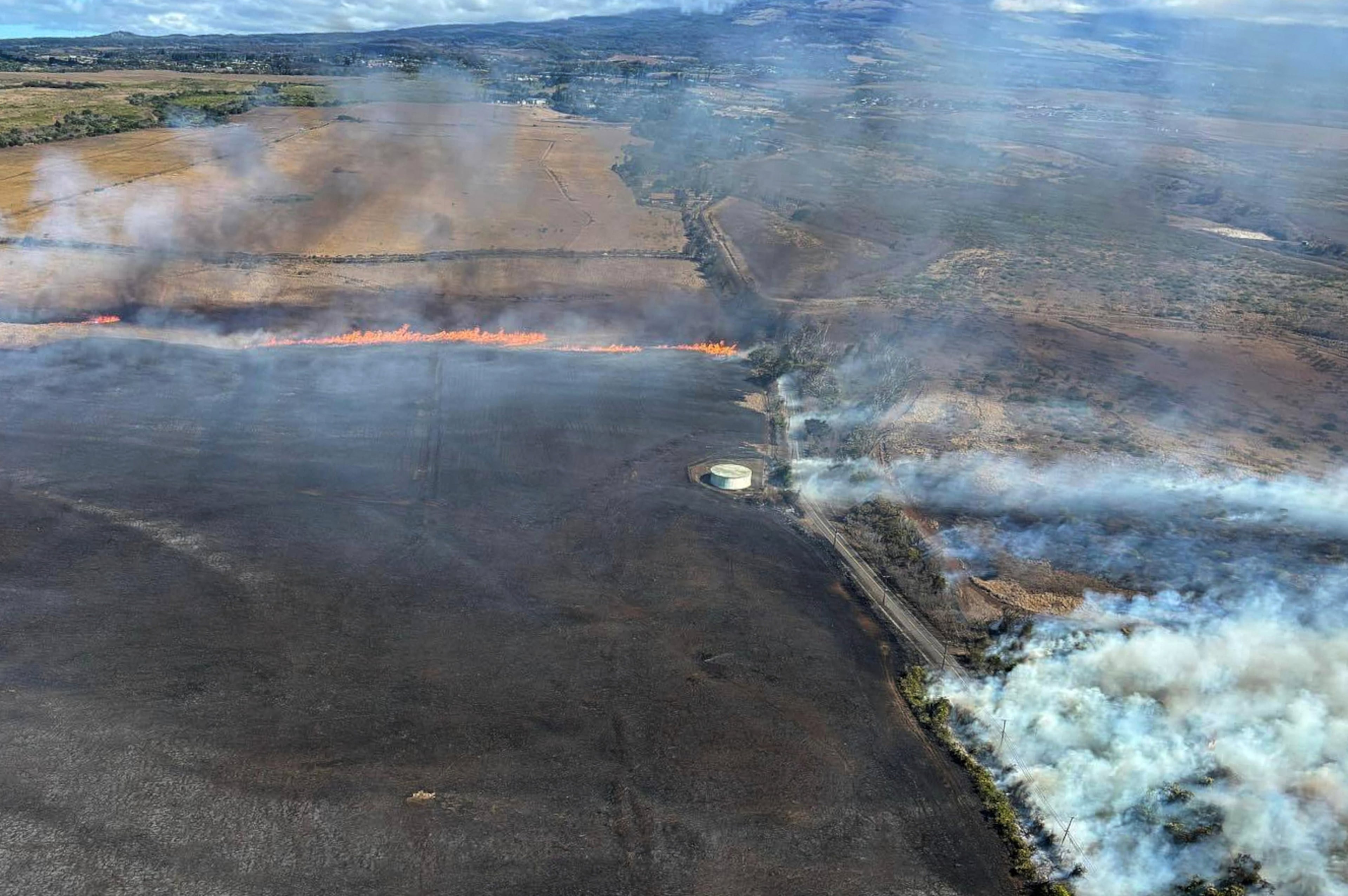Infectious disease cases are on the rise. Stop outbreaks before it’s too late.
Over the last few months, health officials in the United States have been tracking a measles outbreak, monitoring bird flu cases in humans and raising alarms over an increased risk of dengue virus in the summer.
Residents of Georgia are not immune to these threats. The state reported 50 cases of dengue in 2024, while over the state line in Florida, there were more than a thousand. On June 18, the state’s Department of Public Health confirmed the sixth measles case of 2025. Last year, there were six reported the entire year.
At the same time, countries in Latin America are dealing with their own outbreaks of measles and dengue, and responding to the emergence of Oropouche, a viral infection that has quickly spread from the Amazon into new areas, impacting 16,000 people last year.
Disease travels quickly, and real-time data is essential
Infectious diseases endanger our health and economies, which is why countries across the Americas work together to track them, slow their spread and act swiftly when outbreaks occur.

The regional surveillance systems that make this possible are the first line of defense in our fight against disease and are essential to keeping the U.S. and the Americas safe.
But there are steps we can take to make them even stronger and help countries stop more outbreaks before they spread.
Nearly 20 years ago, when I was appointed vice minister of health in Brazil, one of my first priorities was to modernize our national surveillance system because enhancing our ability to detect and respond to disease threats was critical to safeguarding public health.
Surveillance systems must be regional, interconnected and constantly on alert.
Diseases travel swiftly, and the only way for health officials in Georgia or Florida to prepare for an outbreak of Oropouche is to understand in real time what’s happening in other parts of our region.
In the Americas, we rely on real-time data to detect potential threats and a network of laboratories with state-of-the-art technologies to analyze them.
Any threat detected triggers a rapid response
The organization I lead today, the Pan American Health Organization (PAHO), helps to coordinate disease surveillance and response across the region.
Each year, we receive and detect more than 2 million signals from a network of governments, health workers and laboratories. We sort through them to identify patterns, evaluate risks and recommend actions.
However, we don’t rely on official notifications only. Half of the signals are detected by a 24-hour, seven-day (24/7) system that canvases the internet, social media platforms and other sources.
On average, we track nearly 100 threats per year with the potential to become emergencies. Each of them triggers a rapid response, coordinated across countries, to learn what we can about the emerging outbreak and contain it before it spreads.
The results — including what we learn about these risks and how to address them — are shared between countries so that health officials can make decisions about how to prepare and respond.
Strong surveillance systems often fly under the radar because outbreaks that are quickly contained rarely make the news.
Regional, integrated disease surveillance is vital

A few years ago, a farmer in Bolivia fell sick from the little-known Chapare virus, which causes hemorrhagic fever similar to Ebola. It quickly infected the health workers treating him and was poised to spread rapidly into the community.
Instead, health officials identified and reported the incident, mobilized a response that leveraged national and international expertise and eliminated the outbreak in a matter of weeks. Importantly, information was shared with neighboring countries to ensure they were on high alert and prepared to act.
Limiting outbreaks protects trade and tourism and keeps businesses productive, which is vital to the economic stability of our region.
Although our surveillance networks are effective, we must ensure they continue to evolve, in part because locating and tracking disease threats are becoming much more complex.
Changing weather patterns are increasing the risk of diseases like dengue and malaria in the US. And viruses and bacteria are evolving and becoming harder to identify and treat.
That’s why regional, integrated surveillance is so critical.
To realize its full potential, we need to invest in strengthening laboratory networks and modernizing surveillance at all levels of the health system. This will lead to more accurate data for early detection and rapid response.
We also need to invest in collaboration.
That requires countries to not only track diseases but to share data openly and often to ensure the entire region has the information necessary to stop outbreaks before they spread.
Finally, we must ensure surveillance systems stay active, particularly in the time between emergencies, so that we are prepared for the unexpected instead of reacting to it.
The regional collaboration that powers this network is what keeps most infectious diseases out of our headlines and the Americas safe.
Dr. Jarbas Barbosa da Silva Jr. was elected director of the Pan American Health Organization by Member States in 2022.
